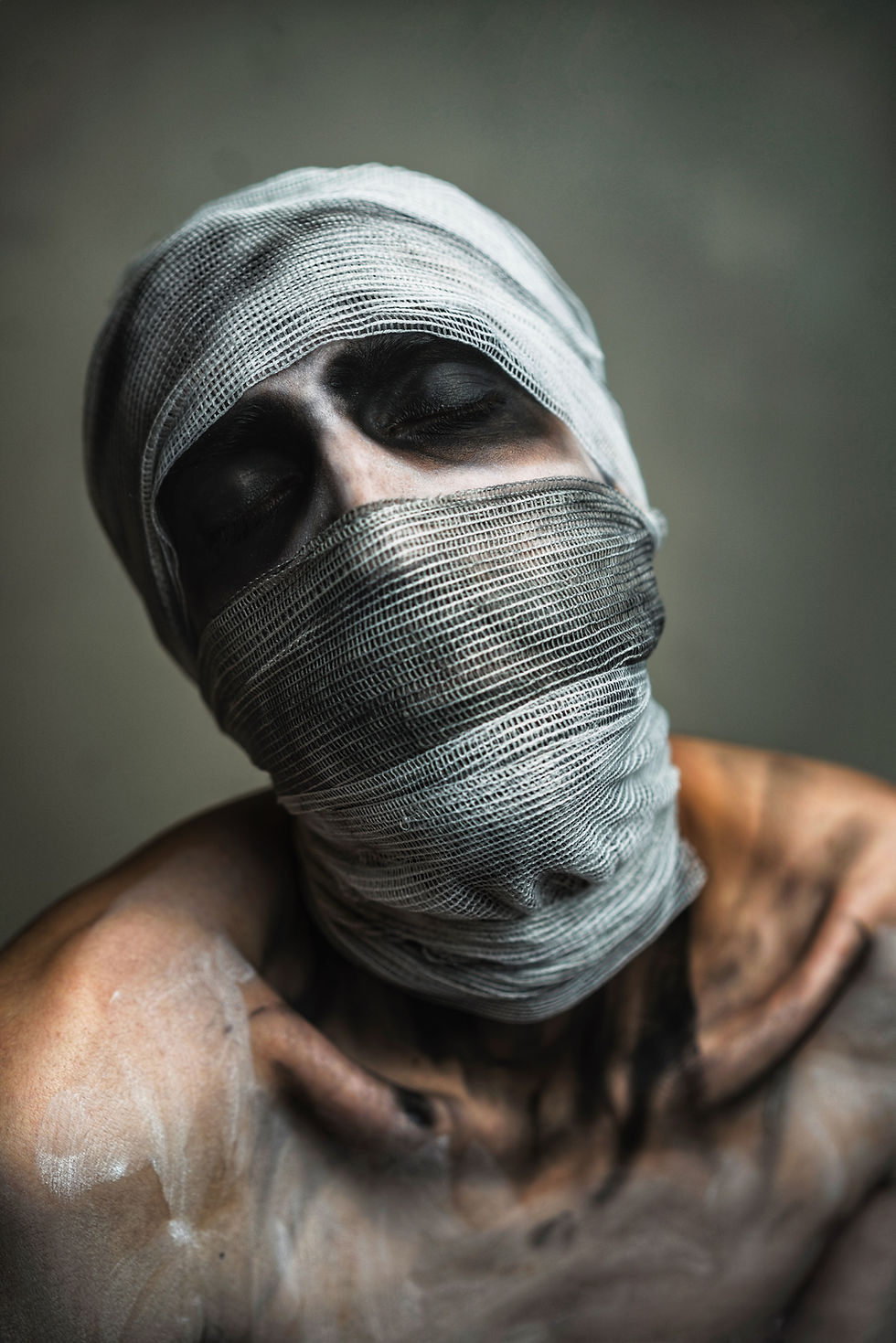Ninkarrak: Ancient Medicine Goddess
- Sylvia Rose

- Jan 12, 2024
- 3 min read
A divine physician, Ninkarrak is known as a healer as well as a protective goddess inflicting disease upon the enemies of her patron kings or cities. Her areas of worship include Mesopotamia and Syria, starting in c. 2800 BCE.
Read: Cult of the Fire God - Bronze Age Quest Adventure
See also:
Her best known temples are at Sippar on the Euphrates in Iraq, and Terqa in Syria. Excavations now show she's also a popular deity in southern Mesopotamia at Nippar and Uruk.
Read: Cult of the Fire God - Bronze Age Quest Adventure
In Syria her influence includes the cities of Ugarit and Emar. In texts from Ebla and other sites she may be known as Ninkar. Her parents are Sky deity Anu, the oldest God, and the goddess Urash, a personification of the Earth.
See also:
She's not known to have a regular consort. Occasionally she keeps company with Pabilsag, a warrior god. She might be the mother of medicine god Damu.
As a divine physician Ninkarrak relates to medicine goddesses Gula, Ninisina, Nintinugga and Bau. Like most other healing goddesses she's associated with dogs.
See also:
Experiments show dog saliva can speed healing of wounds and reduce infection. Dogs are also loyal helpers and fierce defenders.
Read: Cult of the Fire God - Bronze Age Quest Adventure
Ninkarrak is attested in Akkadian curses dating back to c. 2400 BCE, during the height of the Akkadian Empire in Mesopotamia. She's invoked to inflict disease upon the enemies of Akkad. She may be paired or named together with Ishara.
See also:
The Great God List or An = Anum gives Ninekisiga, or "lady of the house of funerary offerings," as an alternate name of Ninkarrak. The spelling of her name can vary from one region to the next.
Under the name Nikarawa she appears in a hieroglyphic Luwian inscription from Carchemish, northern Syria. The writer asks the dogs of the goddess to devour anyone who damages the inscribed monument.
See also:
In the Šurpu, an incantation series collected and compiled c. 1300 and later, Ninkarrak is called the "great doctoress". A healing incantation says, "May Ninkarrak bandage you with her gentle hands."
The goddesses of medicine are also perceived as surgeons. They may be shown cleaning wounds and bandaging people. In Akkad, Ninkarrak is considered the primary medicine goddess.
See also:
Ninkarrak is also concerned with exorcisms and protection against evil spirits, especially the baby-eating demon goddess Lamashtu. Of the many disease demons she's one of the most feared.
Lamashtu causes miscarriage, infections or stillbirth, infant diseases and ailments of new mothers. She might snatch and eat a child nursing at the mother's breast.
See also:
Ninisina, patron goddess of Isin, is also invoked to protect against Lamashtu. So is the wind demon Pazuzu. They're all seen as guardians of pregnant women, newborns, new and nursing mothers, and young children.
Although she plays a protective role at the birth, Ninkarrak is not listed as a divine midwife as are other medicine goddesses. Her symbols are dogs, which are said to be ferocious.
See also:
Babylonian King Hammurabi (18th century BCE) invokes her in a curse formula on a stele, calling her the "goddess who promotes my cause at the Ekur temple". He asks her to punish any who damage the steles with diseases "which a physician cannot diagnose."
See also:










